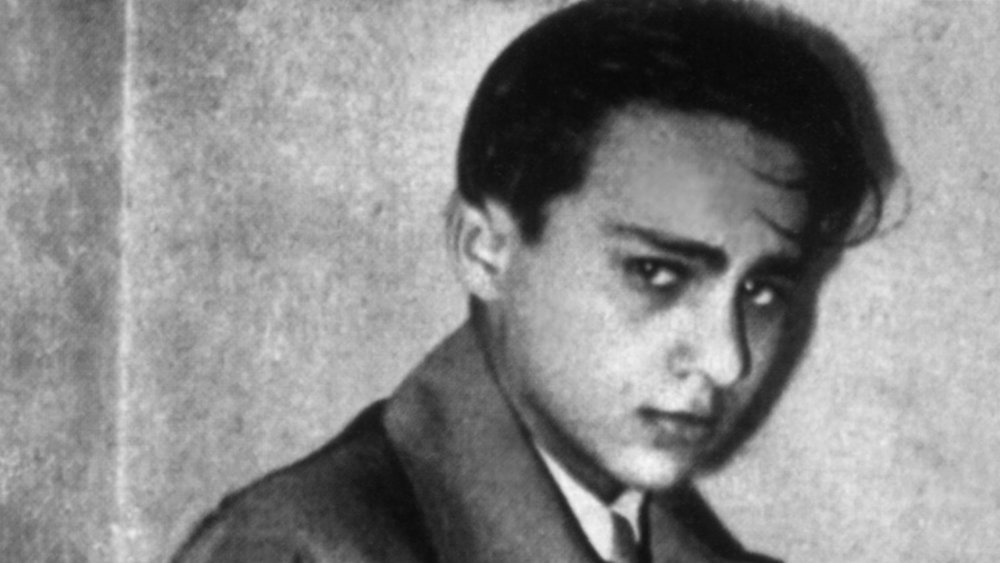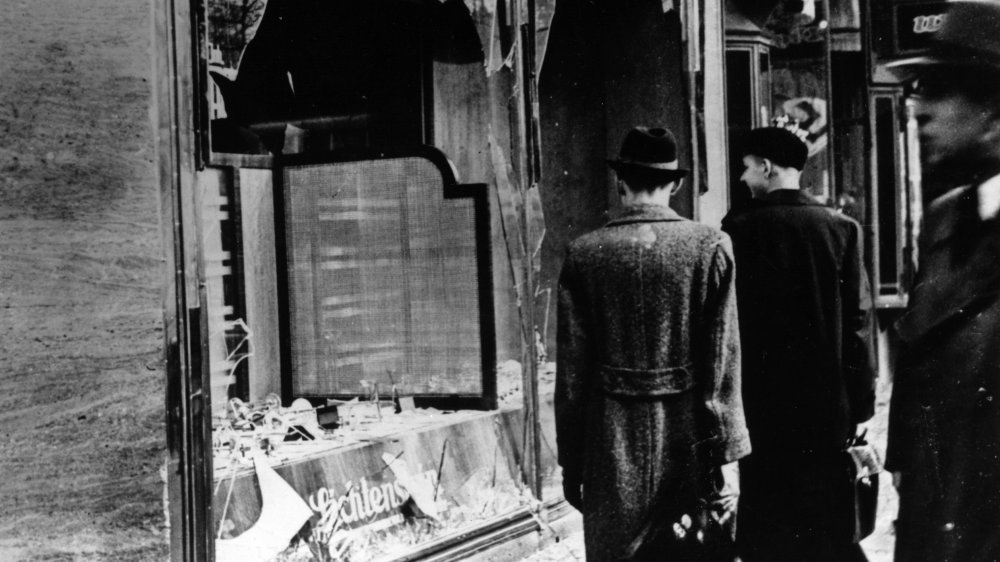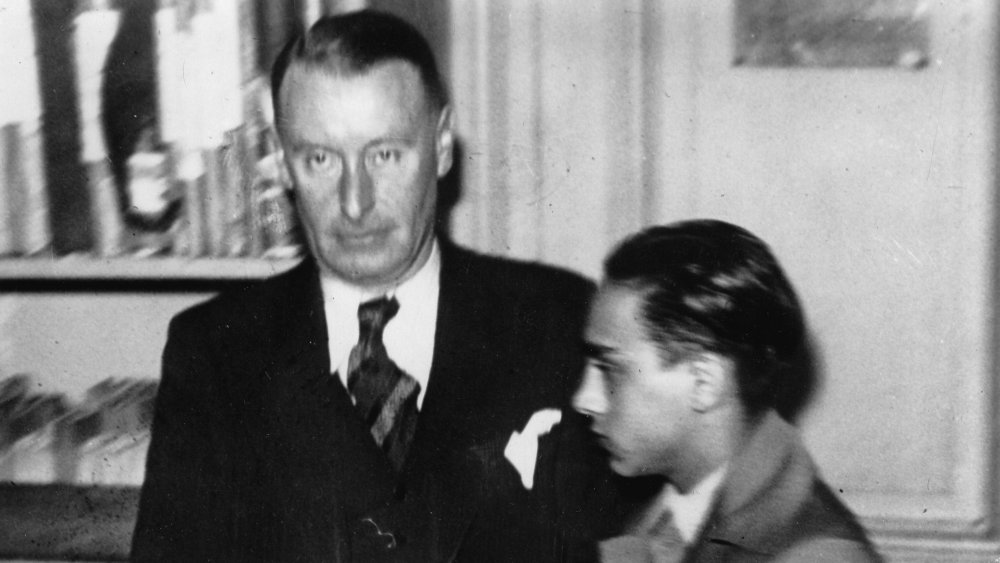The Obscure Assassination That Led To WWII
On November 3, 1938, Herschel Grynszpan, a 17-year-old Polish Jew whose family had sent him from Germany to Paris, received a postcard from his father. It had been posted from Zbaszyn, a Polish border town, which was strange, considering his family lived in Hanover. As he read the note, he grew increasingly horrified. His family, along with 12,000 other Jews, had been rounded up and shipped to Poland. His father was pleading for help.
As the Holocaust Education and Archive Research Team relates, on November 7, Grynszpan entered the German Embassy in Paris and asked to speak with an official. All That's Interesting gives an added detail that he informed the receptionist of a secret document he held in his possession. He was shunted into the office of Ernst vom Rath, a 29-year-old junior official who asked to see the document. Grynszpan shouted, "You are a dirty boche [slur for Germans] and in the name of 12,000 persecuted Jews, here is the document!" and shot vom Rath several times before being arrested by Parisian authorities.
Hitler dispatched his best doctors to tend to the mortally wounded vom Rath. Even with such care, vom Rath died on November 9, but not before Hitler promoted him to the rank of Legal Consul, First Class, thus ballooning the murder of a petty official into an international scandal.
Aftermath
Despite Grynszpan's immediate imprisonment, the Nazis, at the instigation of Propaganda Minister Joseph Goebbels, launched Kristallnacht, also known as the Night of Broken Glass or the November Pogroms, the very night vom Rath died. As the Encyclopedia Britannica describes, Goebbels suggested that these attacks should appear like "spontaneous demonstrations." More than 1,000 synagogues burned, 7,500 Jewish businesses were looted, and at least 91 Jews died in the destruction. For many, this night marks the beginning of the Holocaust.
For the next year and a half, Grynszpan remained imprisoned in France, eventually transferred to Toulouse. In June 1940, France fell to the Germans and the Gestapo took him to Berlin. As The Guardian writes, a report from the German propaganda ministry said the Germans wanted to put on a grandiose televised trial: "The purpose of the trial should be to clarify to the German people and the world that the international community of Jews is to blame for the outbreak of this war." As The Guardian article continues, Grynszpan learned of this plan and told the Nazis that he had a homosexual relationship with vom Rath. Some historians credit this account because Andre Gide, the noted French writer, wrote of the assassination, "[vom Rath] had an exceptionally intimate relationship with ... his murderer." The Holocaust Research Team doesn't believe the story's veracity, however, crediting Grynszpan with "reviving a story that had been fabricated about a homosexual liaison between the junior diplomat and himself." Either way, the trial was scrapped.
Disappearance
What happened to Gryszpan after he scuppered the Nazis's plan to pin the entirety of the Holocaust and World War II on him? It's not known. The Holocaust Research Team says, "he was in all probability murdered by the Gestapo in Magdeburg Prison [after his transfer from Berlin]." Pretty much every other historical source agrees that he died during the war, because the Nazis would have executed a Jewish man who assassinated a German official. On June 1, 1960, the Lower Court of Hanover declared his death to be May 8, 1945, and made it official on July 24.
A photograph emerged in 2016, however, that seemed to depict Gryszpan alive and well in 1946. The Guardian reported that a facial recognition program matched the blurry snapshot with a photograph of Grynszpan at 95 percent, the highest possible likelihood. Armin Fuhrer, a leading authority on Grynzspan, told The Guardian, "There is little doubt this is Herschel Grynszpan." The photograph merely adds more mystery to the Grynszpan's already pretty mysterious life. Questions arise: Why the Nazis didn't kill him? Who protected him? Where could he go after the war to escape the notice of Holocaust survivors, "some of whom hold him responsible for stoking the Nazis' wrath"? The main theory — that he perished either at the hands of the Gestapo or in a concentration camp — remains valid. Either way, the story still ends with his disappearance in Magdeburg on August 18, 1944.


